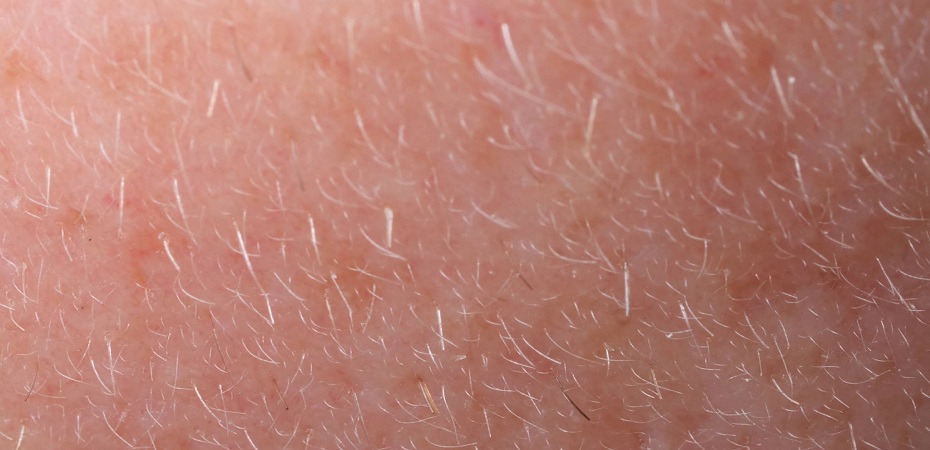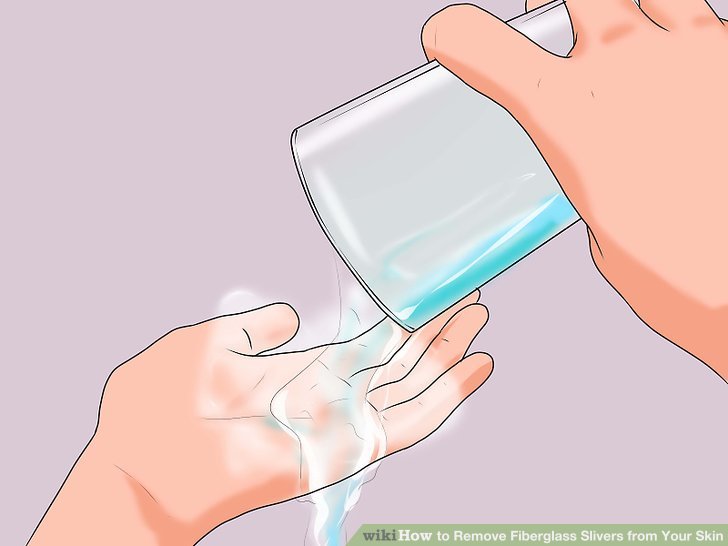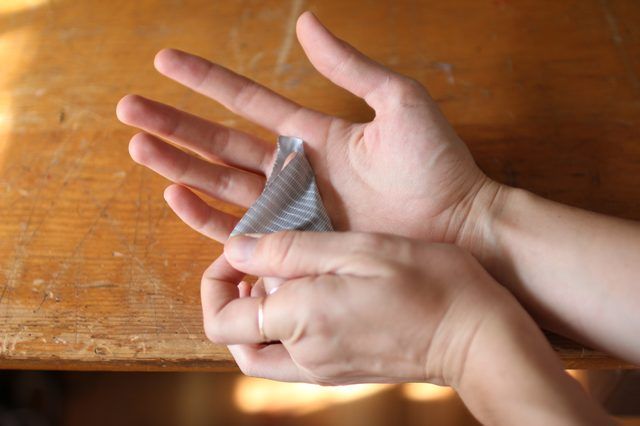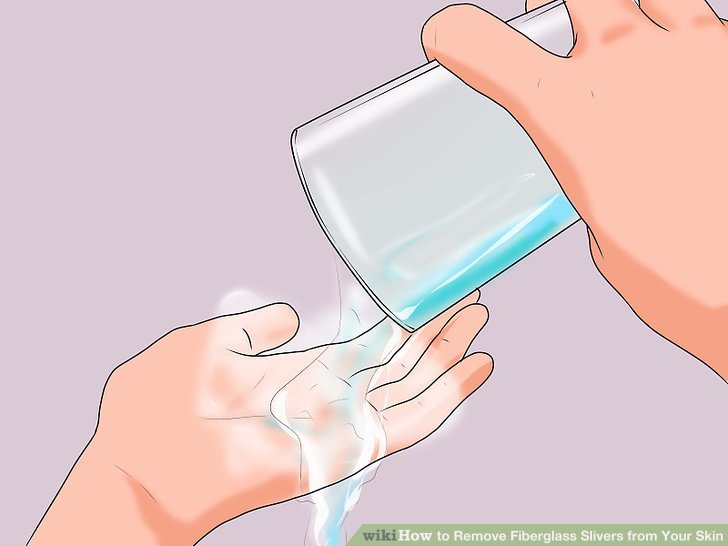If you want to learn how to remove fiberglass insulation from your skin, you’ve come to the right place. Glass fiber insulation has been around for some time. Originally it was supposed to be a replacement for asbestos, which had carcinogenic properties.
However, fiberglass insulation is not without health risks and it can be extremely uncomfortable to handle this material when it gets on your skin. In this article, we’ll look at how to remove fiberglass insulation from the skin.
Fiberglass is a very beneficial type of insulation; It consists of very fine glass particles and protects our houses from wind, heat and cold. Glass fiber insulation is available in different versions: The most common is the combination with a blanket of bats and rolls and a loose filling. You can also get fiberglass insulation in the form of rigid panels and duct insulation. The glass fiber insulation essentially consists of plastic and glass fiber, which gives the plastic additional robustness.
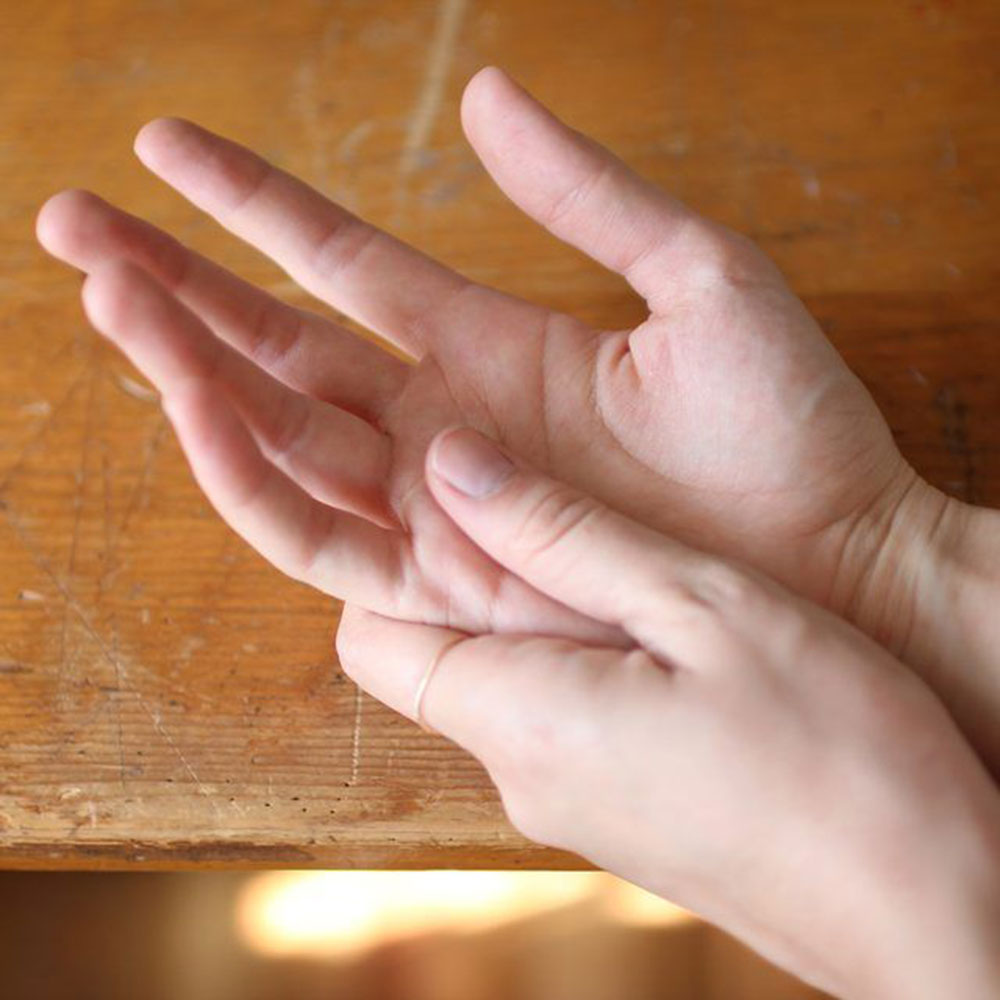
Working with fiberglass insulation can cause rashes and scratches that are relatively easy to remove. You may want to wear protective clothing to prevent these tiny fiberglass particles from touching your skin and body. Wear long, loose clothing, gloves, a mask, and safety glasses. Taking these precautions is important to prevent the fiber from causing problems at all.
In any case, you want to know how to remove fiberglass insulation from your skin, and we’ll show you how to do it.
What effects does fiberglass have on the skin?
The glass fiber particles are so small that they cannot be seen with the naked eye. It is almost inevitable that these particles will get on your skin if you do not wear protection. Don’t worry, these particles won’t cause any major damage or pain, but you’ll feel uncomfortable or itchy in the area where they entered your body.
Use anti-itch cream
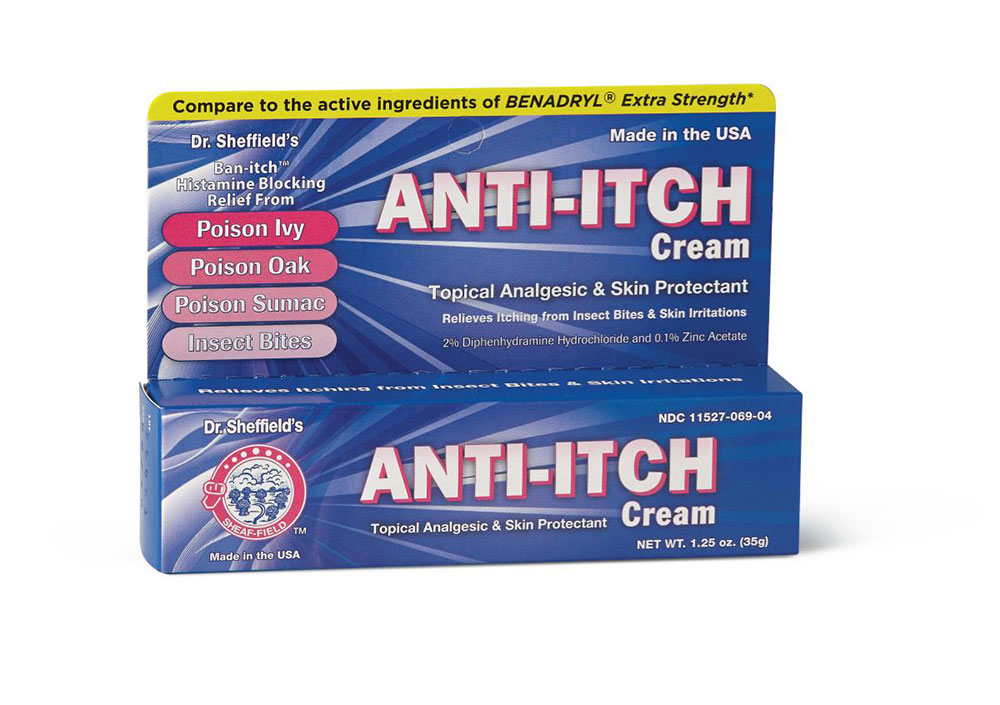
Because fiberglass is sure to cause itching, you start scratching your skin, which can lead to additional irritation and problems. To get rid of the scratching, you should use some kind of anti-itch cream that does not remove the fiberglass, but relieves the symptoms.
Allergy to fiber

Sure, fiber can affect your body, but more so if you’re allergic to it. You will notice the allergy if the symptoms persist for a long time; 12-72 hours after contact with fiber, you will still notice symptoms of an allergy. The allergy is also commonly known as contact dermatitis.
The symptoms persist for days with severe allergies and possibly even 2-4 weeks after contact. They can vary and range from easy to difficult. Here are some of the most common symptoms of fiber allergy.
- Blisters with pus-like fluid
- Dry skin with dandruff
- Cuticles
- A burning sensation on the affected area
- Sun sensitivity (irritation on skin contact with sunlight)
- to cough
- Difficulty breathing similar to asthma
Do not scratch!
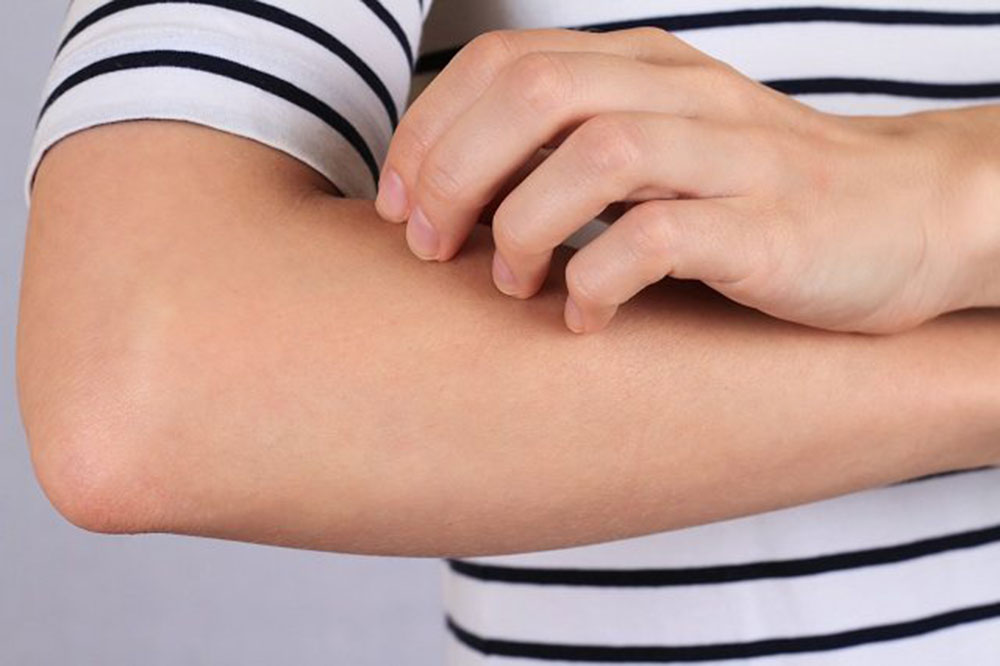
After contacting fiber, you will notice that your skin is itchy and you may be tempted to scratch yourself. Not; You will aggravate the infection or symptoms from scratching as the fibers penetrate deeper into the skin and are even more difficult to remove.
Remove the clothes

Carefully remove the clothing that you used when you came into contact with fiberglass. Do not place it next to other clean clothes. Instead, wash them separately and wait for them to dry. Hopefully the fiber will be gone by then.
How to remove the fiberglass insulation from the skin
Let’s talk about the solutions: How to remove fiberglass insulation from the skin. There are several ways to remove the fiber, and here are some of the most effective.
First remove the visible particles
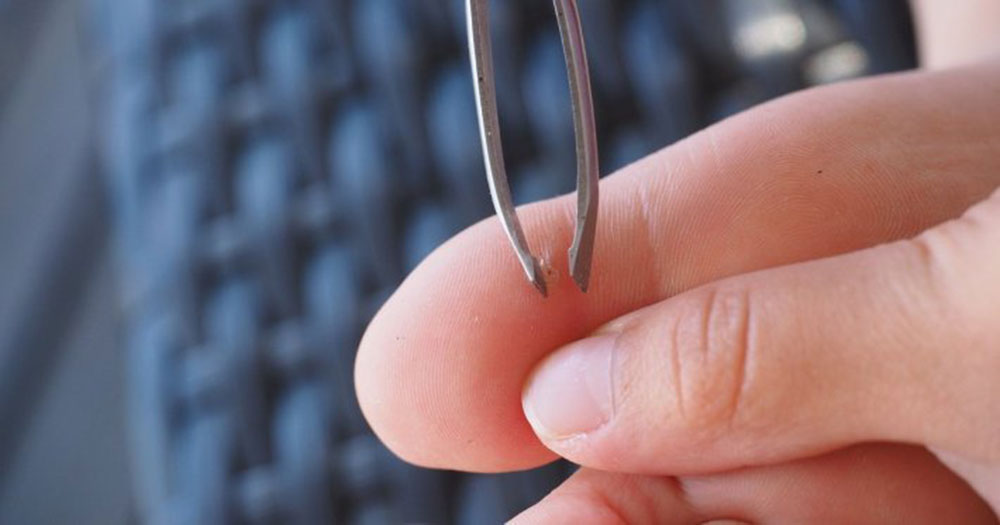
- Wash the affected area thoroughly. Use soap and water.
- You can use tweezers to remove the visible particles. Soak the alcohol to sterilize it and try to remove the fibers.
- If the particle is visible, but you can’t get it out with tweezers, try using a needle. First sterilize the needle in alcohol and move the particle into a position where you can remove it with tweezers.
- Once the particle is out, gently squeeze the area to let the blood out with the germs. This prevents infection. Then apply an antibiotic cream to prevent this.
- If there are particles deep in your skin, don’t try to do it yourself. Instead, contact your doctor.
Have a cold shower
Yes, a cold shower can be uncomfortable, but here it could be a very useful solution. First you want to take a cold shower for two minutes and then take a hot shower for two minutes. The cold shower closes the pores, which prevents the particles from becoming deeper.
Then take a hot shower for two minutes. Make sure the water is not too hot. it should be mild rather than hot. This will open the pores and hopefully the fiberglass particles will start to come out.
Use epsom salt
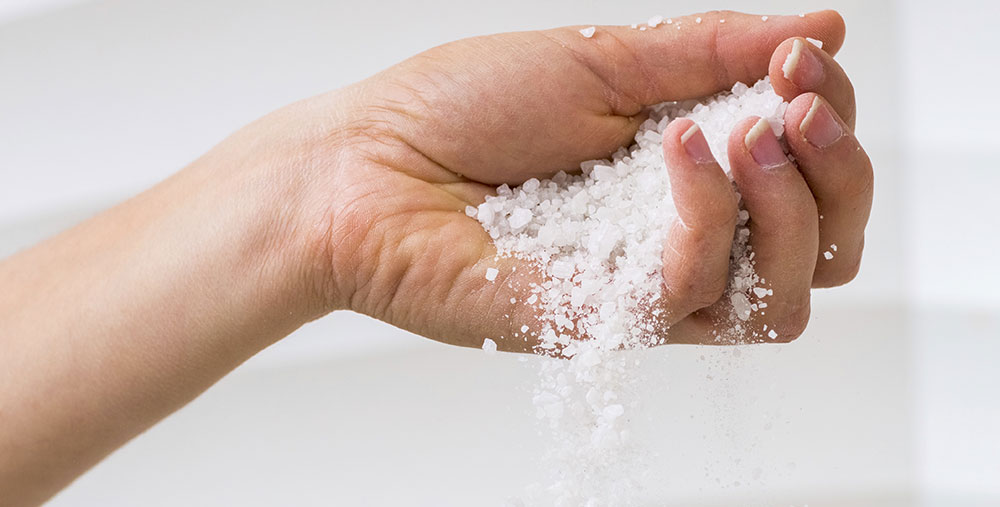
Epsom salt can be effective in removing fiber. How to remove fiberglass insulation from Epsom salt.
- Boil a bowl of water, take a cup of Epsom salt and add it to the bowl. You should let the solution mix completely and wait a few minutes.
- There are two solutions: if the affected area is large, you can shower in this solution. For example, if the affected area is your hand, you can dip it into the solution. It removes fiber and relieves itching.
- Finally, take a cold shower for a better effect.
Use tape
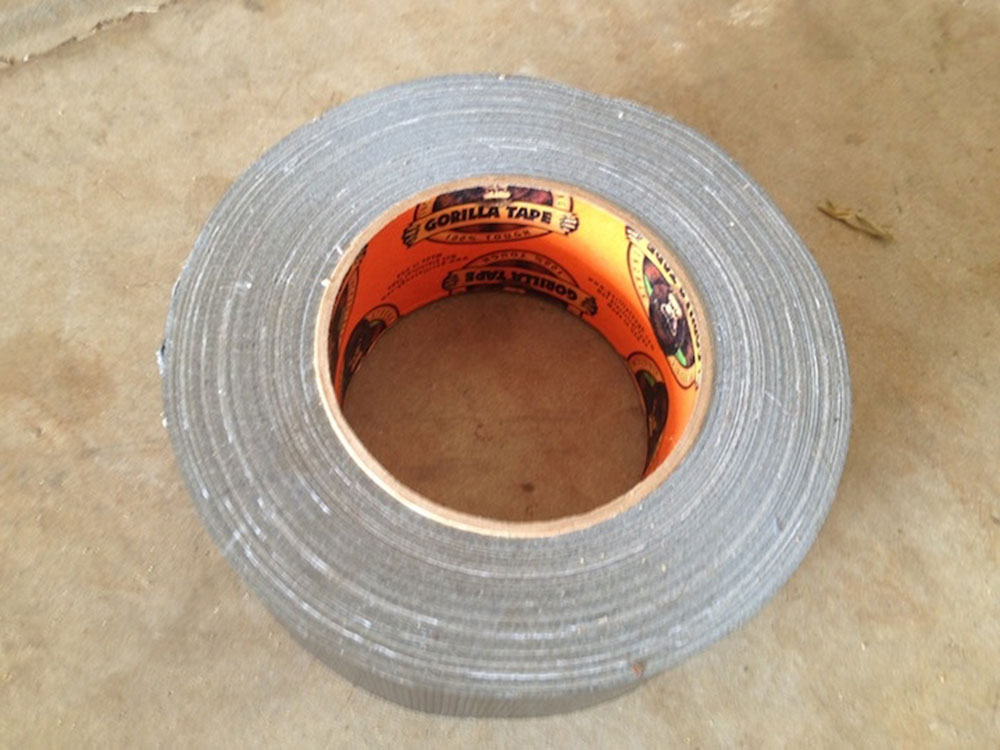
How to remove the fiberglass insulation from the skin with tape.
- Buy a roll of heavy duty tape. Adhesive tape or insulating tape work perfectly; It shouldn’t tear apart. The more adhesive there is, the more effective the tape is.
- You will probably also need a magnifying glass and good lighting. This is important because the particles are so small that you are unlikely to see them with your eyes. The glass fiber particles are usually white or yellow.
- With this method, you don’t want to wash the skin first because water makes the particles more difficult to remove. Instead, use the tape immediately after contacting the fiber.
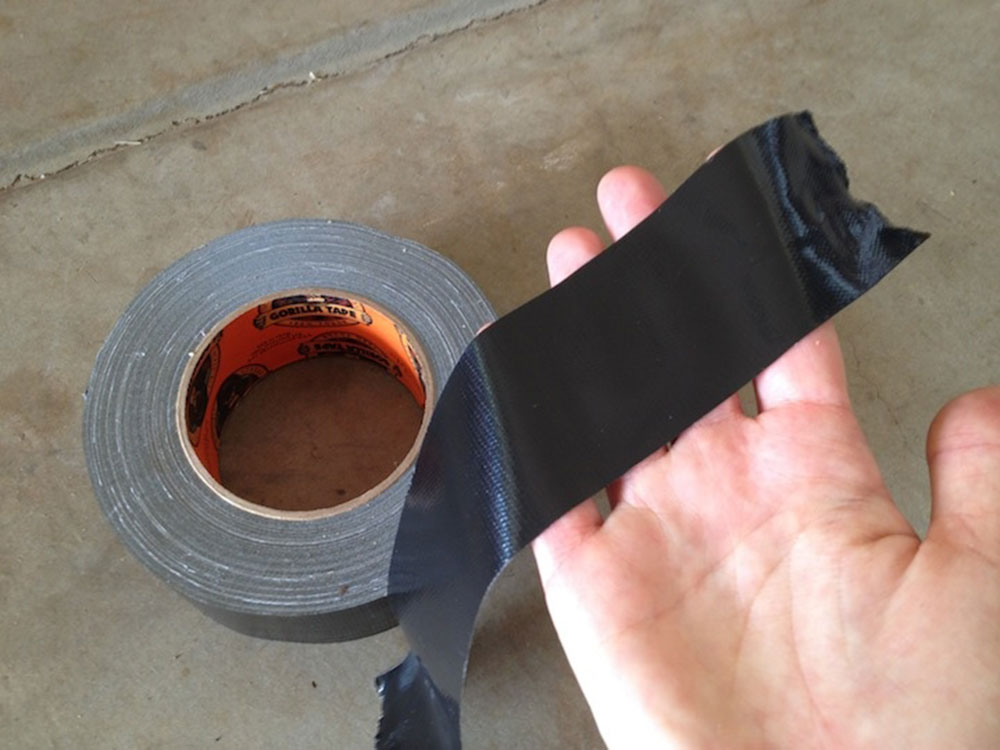
- Press the tape firmly against the affected area. Hold the tape in place for a few minutes before removing it. It should be in good contact with your skin. Then remove the tape and hopefully the particles will come out.
- Peel off the tape smoothly and don’t force it. You may need to repeat the process several times before the itching disappears and the particles come out.
Nylon stockings
Nylon can be very effective in removing fiber as it pulls it in, which means that it will remove it as soon as it comes in contact with it. With this method, you should first have a hot shower to open the pores, and then rub your skin with the nylon stockings to remove the fiber.
Then protect your skin with a little lotion or baby oil. This soothes the affected area and prevents itching and irritation.
Protection is the key
Next time you want to protect yourself better. Use protective equipment and do not spread the fibers by scratching or rubbing. Hopefully you now know how to remove fiber from your skin.
If you enjoyed reading this article about removing fiberglass insulation from your skin, you should also read this:
 TopsDecor.com Home Decor Ideas
TopsDecor.com Home Decor Ideas
